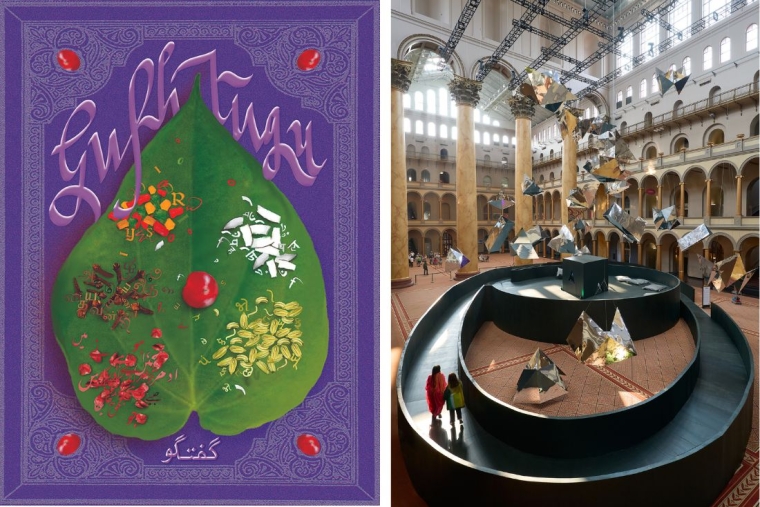
Vikram Goyal

Vikram Goyal
GUNJAN GUPTA
The intricately designed object, Naba Tea Tiffin, by ace product designer Gunjan Gupta, was awarded the prestigious AlUla Design Award at the Paris Design Week this year. It marked an important moment for Design coming from India. A collection of four objects with pure copper lids coated in terracotta powder, it paid homage to the ancient city of Hegra, Saudi Arabia. Inspired by Hegra’s significance as a Hajj route station, the set elegantly combined India’s Lota container and Nabataean pottery’s beak spout. For the lesser know, design maverick Gunjan Gupta started her journey way back in 2006 with a radical collection of objects. The journey marked by a multitude of experiences and design insights that she has revisited and drawn from. With all this power of knowledge, Gunjan started Ikkis, in which she reimagines classical design practices to base them for modern times. The Naba Tea Tiffin was designed using the same learnings and principles and it has put Gunjan on the global map.
VIKRAM GOYAL
At this year’s PAD London, the internationally-acclaimed art and design fair, Vikram Goyal Studio showcased collectible design pieces that demonstrated his New Delhi-based workshop’s mastery of metal. Curated by Milan based Nilufar Gallery, this notable debut at PAD marks Goyal’s first international exhibition and the first solo presentation at the global design fair by a contemporary designer from India. It comes at a time of heightened interest in art, craft, and design from the Indian sub-continent within the collectible market, and attention on the region as a hub for global creativity. The collection of ten limited-edition pieces featured furniture (console, benches, side table), lighting (wall sconce) and wall panels – all intricately hand-made by expert artisans. Each object explores and celebrates a range of heritage techniques in metalwork that have existed in India as early as the 3rd or 4th century BC.
SUCHI REDDY
Founder of the award-winning practice, Reddymade, Suchi Reddy set up her practice with the intent of approaching design in a rather human manner, privileging emotionality while engaging with space. Sitting at the intersection of neuroscience and the arts, the architect’s research further guides her practice to delve deeper into the larger idea of ‘design justice’. She wishes ‘to expand our notions of empathy, equity, and agency—where the importance of design is recognized as an asset for the benefit of all, not just for some.’ This year Suchi designed an installation piece, LOOK HERE, at the National Building Museum in Washington, ‘Bringing this ethos to LOOK HERE, I have designed an installation of reflective fractals that visitors encounter on an oval ramp that fills the Center Court of the Museum’s Great Hall. Oversized mirrored elements shaped like ‘fortune-tellers’, the folded paper playthings that have engaged kids for generations, hang from above. The reflection of the Museum’s interior, the movement of the elements, and the changing light as the sun passes through space will transform the Great Hall into a contemplative thought dynamic space during the day, and a disco at night.’
GAURAV OGALE
The first foray for visual chronicler Gaurav Ogale, into the world of design was rather organic and intuitive. As a child who drew and painted a lot and spoke very little, the unspoken narratives that lived within him eventually metamorphosed into visual memories that remained untapped until his teenage years and adulthood and could only be accessed through his art. While Gaurav has been trained formally in filmmaking, the medium now exists for him as a source of fluidity that enables a curious combination of his drawings, moving visuals and sound that result in immersive narratives. “In the last few years, the role of design and design thinking has taken many avatars in my practice whether it’s been working with publications, brands, museums, cultural entities or film.” If one were to try and define his practice, Gaurav would tell them it is a reflection of his life and how it is the constant resurgence of memories, nostalgia and one’s lived history that shapes who they are.

Gaurav Ogale (left) | Suchi Reddy (right)